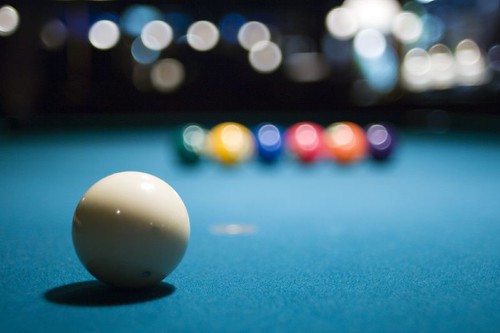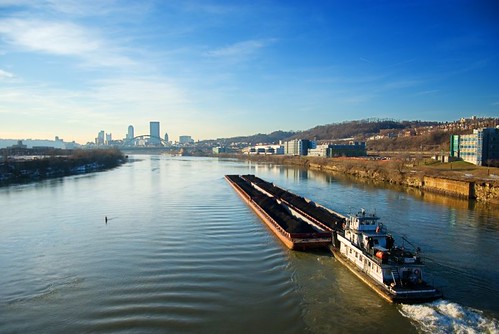 Originally posted by tvfd911
Originally posted by tvfd911 
Ok, I've been wondering what is involved with getting that "3-d" look to landscape photos, and a quick shot taken tonight finally urged me to ask the pros.
I would prefer not to talk about "3-D". That term actually is used in other contexts and I don't think it's necessary here. You just want to take landscape photos that have a sense of depth to them. Perfectly understandable.
 Quote:
Quote: Whenever I come across impressive landscapes, such as this this meandering valley, any attempts I've made to capture it always come out flat and don't do the scene justice. This was taken with the 18-55 kit lens at 18mm.
Is the 3-d effect given by the lens being used, ie some lenses just make things 'pop' more? Is it a combination of settings?
I have read all the other replies and agree with most of them. I'll just add my take (repeating some of what's been said).
First, the shot is underexposed, so you've probably lost some detail in there for good, and what detail there might be, we can't see. That is really the main problem with this photo. Work on your exposures - and learn more about the best time of day for shooting landscapes (usually, just after dawn or just BEFORE dusk). Did you use a tripod here? I use a tripod mainly for portrait shooting and I don't carry one in the car with me everywhere. But if I came across this scene while driving and felt like taking a shot, I think I'd at least consider setting the camera on the car and using the shutter timer, so I could use a 1 second exposure or something like that.
Second, not every scene fits properly into the default aspect ratio of our Pentax cameras. This scene MIGHT be improved by cropping out a lot of the foreground and some of the sky above the sunset. I use 1x2 aspect ratio a lot for landscapes. Yes, it makes getting prints a little awkward but not impossible.
Third, if you did have a tripod - or if you practiced and got good at doing this by hand - you could have taken two or three shots, panning from left to right or vice versa, and then stitched them together later on your computer. I suspect that part of what you were responding to in this scene was the wide-open-ness, and you need a panorama to communicate that. It's nice to have a wider lens. If I took that shot and if I had my Sigma 10-20 handy, I might have used it. But a panorama is sometimes the right approach and you don't need a new lens to do it.
Fourth, with respect to composition (NOT "composure"), yes, that's terribly bimportant too and I am sure you could go back to this scene, think about it, and find a better way to compose this shot. You don't have to put the barn or whatever it is right in the middle, for example; you might instead put it on the left or right and get a lot of the open fields to its side. However, I think you want to start with improving your exposures.
*
Don't feel bad if you look at this photo and don't feel too excited about it. That's life. I'm not too excited about a rather high percentage of the shots that I take - and I'm not taking about my occasional dumb mistakes but about photos that are otherwise well composed, properly exposed, etc. It is the nature of photography - indeed, the nature of nearly all the arts and certainly of all crafts - that mediocrity is the norm. So first, you start taking some pride, or at least satisfaction, when you are able to reach mediocrity on a fairly routine basis. I can't find the link right now but I'm pretty sure it was Mike Johnston over at The Online Photographer who said that he'd once had a chance to look through Ansel Adams unpublished archives and he was surprised - and profoundly encouraged - to see how many truly mediocre photos there were in there.
Will


 Similar Threads
Similar Threads 

























